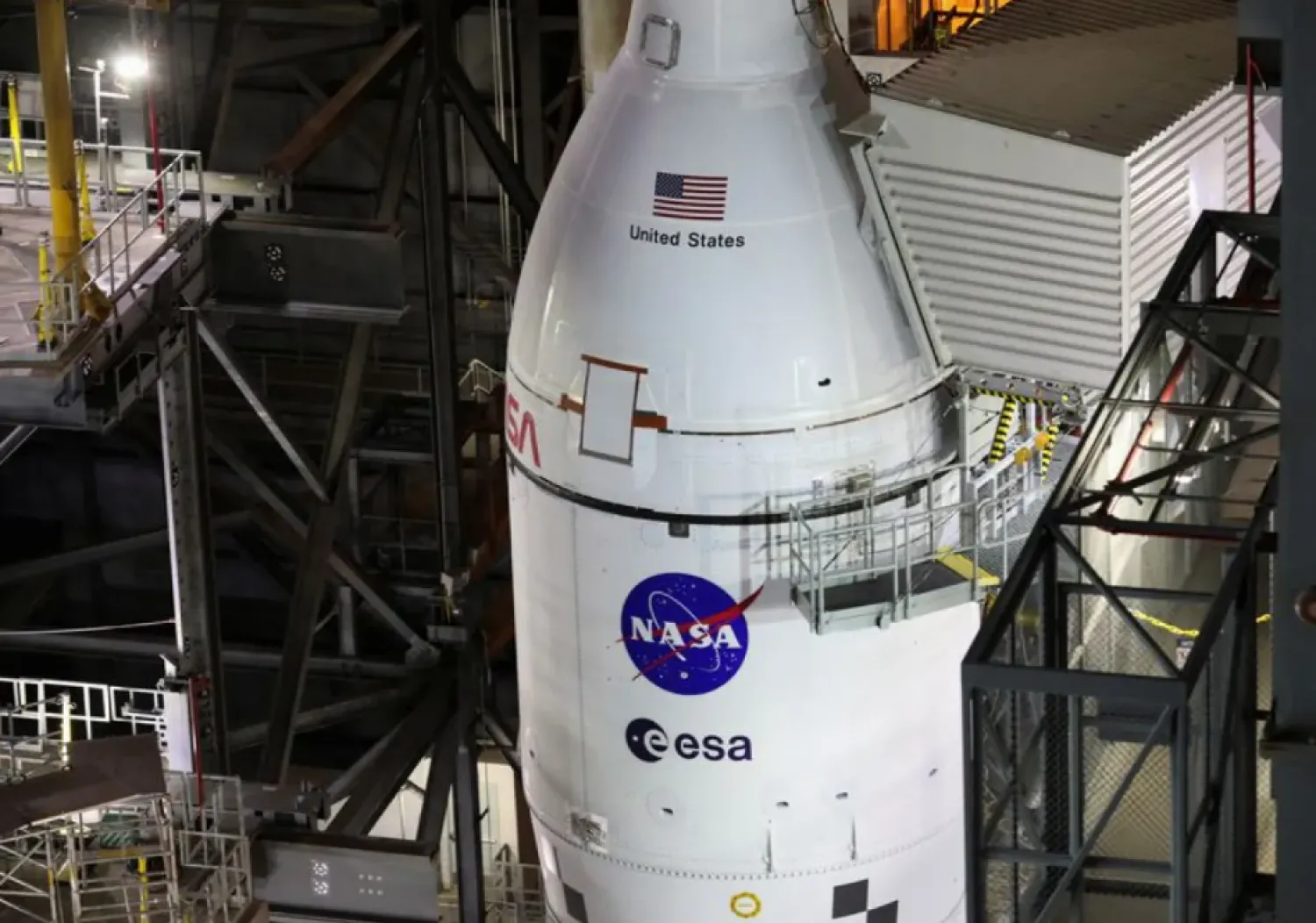The Moroccan Academy TOTAC has announced the establishment of a book club named "TOTAC Book" that will allow its members to read, write, and train on public speech.
The club will focus on the bestselling books in personal development and professionalism, and the biographies of eminent personalities, as well as literature. The goal behind establishing the club is not only reading but rather engaging in the process of learning and training for success.
"TOTAC Book" plans to dedicate a special time for literature by hosting writers, novelists, and poets to talk about their works during each of its meetings scheduled every two months.
The club has also set two other goals: the first is to accompany its members and encourage them to write a collective book centered on what was learned through their readings every year, and the second is to encourage them to speak in front of the audience within a space allocated for this purpose in each meeting.
The official launch of the Casablanca-based club was marked by three keynotes: the first was on the state of reading in Morocco, provided by Fatma Kachkach, member of the club, master coach and teacher in communication; the second, on the club charter, goals, and how it works, addressed by Dr. Nazha Hefti, a founding member of the club; the third on the experience of writing a book and how writing can serve as a tool for personal and professional success by journalist Mohamed Charrouk.
The ceremony was concluded by the election of the club's committee.
TOTAC is an academy of training that graduates trainers, consultants, lecturers. It includes a laboratory for pedagogical creativity (educational), a modern and innovative training method developed based on the latest studies and research in the field of pedagogy and cognitive neuroscience.
The TOTAC graduates form the largest network of experts, trainers, and consultants in various fields.









